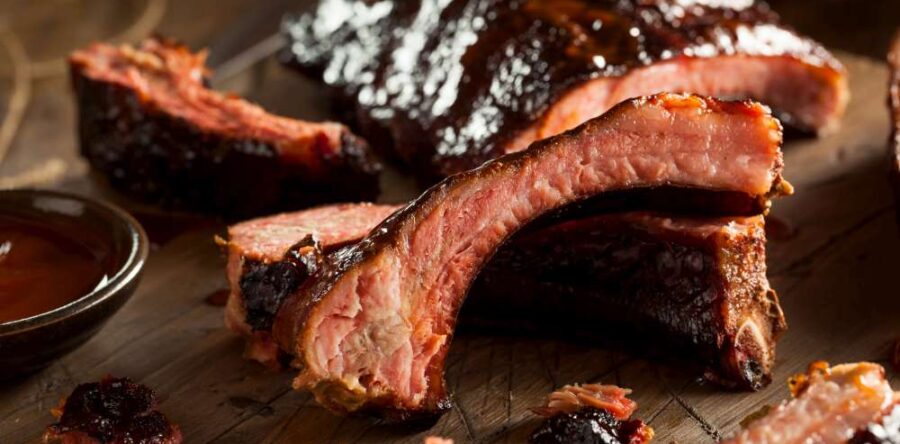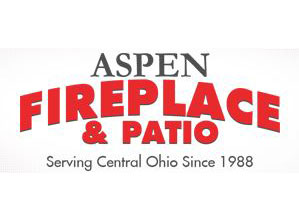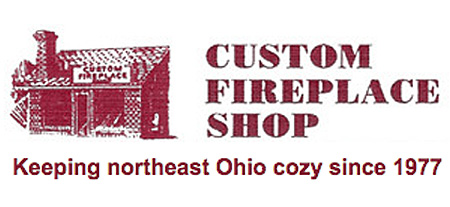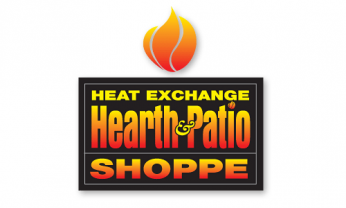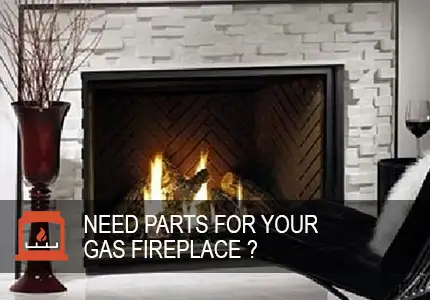It's all about the taste
No doubt the first article on cooking pork ribs whetted your appetite for more. We are glad to oblige.
In this article, we discuss preparation, aromatic woods, rubs, sauces, and other essentials.
Please note, we are offering ‘guidelines’ for cooking using the Low n Slow method rather than step-by-step recipes. The internet is rich with resources, full of recipes and ‘how-to advice’. To improve your cooking chops and keep it interesting, avail yourself of as much of this information as possible.
Some websites use words such as “Ultimate”, or “The best” about their recipes and methods. We make no such claims here but rather cling to this ancient Chinese proverb: “There is no secret sauce” (Mr. Ping — Kung Fu Panda). It is the firm opinion of this author that cooking should be fun, congenial, and experimental. Therefore, use these ‘guidelines’ to build and improve upon.
Taste:
If you do not parboil nor steam your pork ribs as the first article discussed, the meat will retain its flavors. When adding smoke to this mix, this packs a lot of flavors on its own. And while you can add all sorts of premium ingredients to your rubs and sauces, unless you have the schnozzle of a hound dog and the palate of a sommelier, you may have a hard time discerning some of these subtle flavors.
What we are trying to say is — let the meat be the king of the flavor and don’t overwhelm it with a myriad of other seasonings. More on this below.
Preparation:
Many on YouTube channels go to great lengths in cutting, St. Louis trimming, prepping, and otherwise making ribs look pretty. But as my wise grandpa used to say… “It will all look the same at the end”. I hope what he meant is: “Never mind the look, it tastes the same.” To that point, I’ve had some of the best ribs in a small restaurant run by a British expat in Thailand. He served these huge 10-inch-long bone ribs on a wood slab — not necessarily the prettiest, but they were good.
So the ‘guideline’ is: there is no need to make them pretty unless you want to. And there may be a valid reason to do so: a documentary with hidden cameras showed a high-end restaurant serving cafeteria food (made it look fancy, of course), and clients raved about how good it was. Therefore, there is something to be said about making your food look as good as you can. Do a quick image search on Google for how people plate ribs, and you will see there is no one way to go about it.
And since I discussed whether to remove the membrane in the previous article, there is no need to go at length here.
To rub or sauce?
This is also a personal choice. Basting your ribs with a gooey BBQ sauce when smoking means your sauce acts as a block to the smoke. So why not have it the best of both ways and do it like some Southern restaurants? Rub your ribs, smoke them, and then serve them with a side of sauces. If you sauce/mop while you smoke, you will not get the highly desired ‘bark’ to your finished product. But you will with a rub. (More on this below.)
There are literally myriads of sauces and rubs recipes on the internet. Go wild and experiment. But the basics or ‘guidelines’ remains the same: You will need the following ingredients:
- Sweetener — Sugar, maple syrup, honey etc.
- Acid — Vinegar ( apple and many others), mustard
- Heat —Different type of peppers (chipotle, for example)
- Spices — Anything in your spice rack that would complement pork
- Umami —Fish sauces, Worcester sauce, tomatoes, MSG, some mushrooms, etc.
While I don’t provide explicit recipes, one of my favorites is a honey mustard BBQ sauce that I stumbled upon. I call it: “Anything yellow in the fridge BBQ Sauce”. It is made of up of regular yellow mustard, spicy English and Dijon mustard. Honey, apple vinegar, beer and some toasted mustard seeds for interest. A few drops of lemon juice, of course. Since that is a lot of acid, you may want to lower the ‘pucker’ factor some. You can do this by adding butter or caramelized onions.
For rubs, put a light coat of mustard on the ribs so the rub can more easily adhere. Again, there are myriads of off-the-shelf and homemade recipes you can experiment with. Then generously apply a coating of rub.

Should I mop or spritz?
Some internet chefs like to spritz or mop their ribs while they are smoking. As the first article about the principles of Low n Slow cooking pointed out, it does absolutely nothing to add moisture to the meat, it cools your BBQ temperatures, and you are adding additional flavors to something that is already packing a punch.
Using a liquid or drip pan:
There’s another wise saying that goes “I love to cook with wine and alcohol, sometimes I even put some in the food”. Meaning if you use beer, wine, or other expensive liquid in a drip pan, hoping it will add flavors and moisture to your ribs, you will be mighty disappointed.
However, if you intend to use the dripping for a stock or a gravy (smoked turkey is a good example) this is an awesome idea. You can also add some spices and vegetables to add flavors. Make sure you don’t let the pan go dry and burn what would have been a wonderful stock.
However, a drip pan filled with water is a good idea for the following reasons:
- Keeps the fat dripping from falling into the coals to prevent flare-ups.
- If you are cooking with direct heat, it keeps flames and heat from cooking too fast.
- When filled with water, it will act as a catalyst to even out temperature fluctuations.
- Water evaporation will cool the meat (good idea if you cook at higher temps)
- Water evaporation helps smoke stick to the meat.
What is bark?
BBQ bark is the rubs’ sugar and spices caramelized on your ribs. It’s a highly desirable by-product of Low n Slow BBQ. It’s basically a dark crust that contrasts wonderfully with the smokey juicy meat inside.
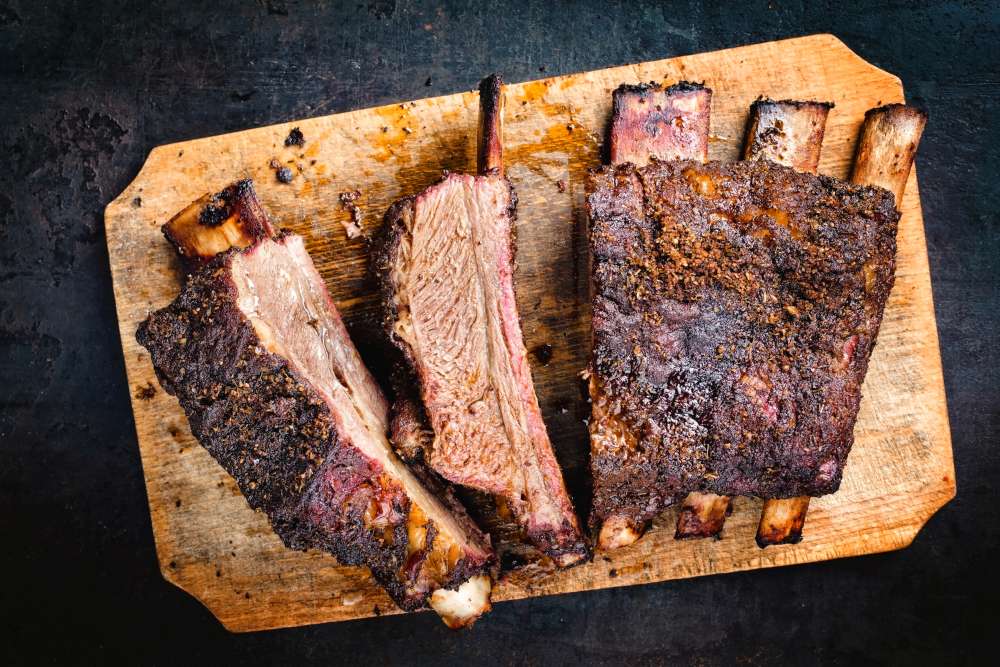
Wood smoke:
You can pretty much use any fruit bearing hardwood that is available to you. The best wood is typically what grows natively near you. Ask your local cord wood seller to save you some logs of apple tree, cherry tree, oak etc. You can then experiment with what you find tastes best for you. I like cherry tree and maple myself.
Personally, I find mesquite too harsh and leaves its distinctive smell in your BBQ for a long time. But that is a personal preference.
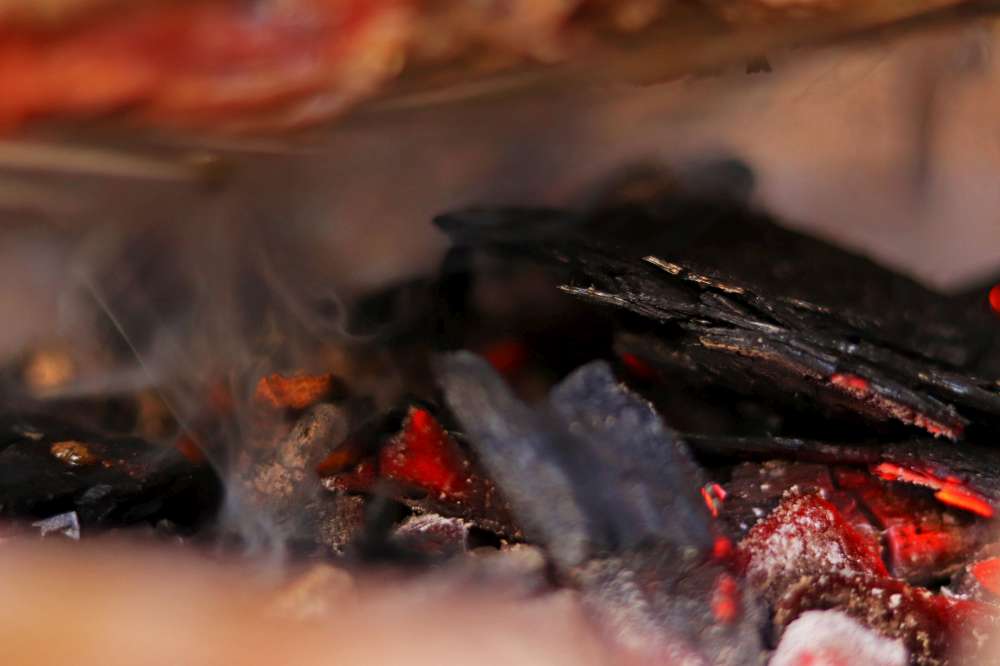
A note of caution: Hardwood should be seasoned, meaning it has sat outside drying for about a year, or its moisture content is around 20%. If the wood is green, you may find the meat tastes like creosote. A wood moisture meter is a relatively inexpensive item and your local WE LOVE FIRE dealer carries them.
On another note, I see some fancy charts on the internet about which wood works best with which type of meat. I find those ‘interesting’ since I’ve never seen exhaustive comparative studies about this. Ultimately, you are the judge of this.
You can also buy bags of aromatic wood chunks or shavings. It’s a good idea if you want to try different flavors not locally available. Something to keep in mind, commercial bagged wood is often kiln-dried to kill bugs. Which means it is super dry and can catch fire quickly. It is not a bad idea to let it soak for 30 minutes or more before placing it on the coals.
Word of caution:
Do not use evergreen wood or other softwood for smoking as it contains resinous sap and will ruin the taste. And I certainly hope you know enough not to use railway ties, pressure treated lumber, or any lumber treated with chemicals (paint, stain, lacquer etc.). The meal should nourish you, not poison you!
Sides:
Ribs is rich food with a fair amount of fat. And while you may want to provide some carbs (beans, bread), you probably want to offer many grilled veggies and salad options to your guests.
Results?
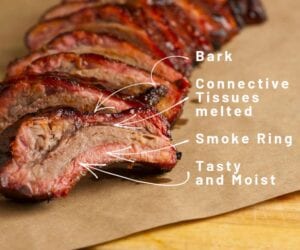 By using the Low n Slow method, you should end up with a checklist that looks like this:
By using the Low n Slow method, you should end up with a checklist that looks like this:
- Smoke Ring? Check
- Bark? Check
- Connective Tissues melted? Check
- Tasty? Check
- Moist? Check
Congratulations! You have now become your neighborhood backyard BBQ hero. With your newfound Superpowers, should you choose to accept them, go forth and conquer the evils of parboiled ribs!
Thanks for reading and remember — Be the Pit-Master you always knew you could be!
PS, do you need a smoker, BBQ or other gear or expert advice to improve your pit-mastery? Your friendly local WE LOVE FIRE! Dealer is here to help you.
